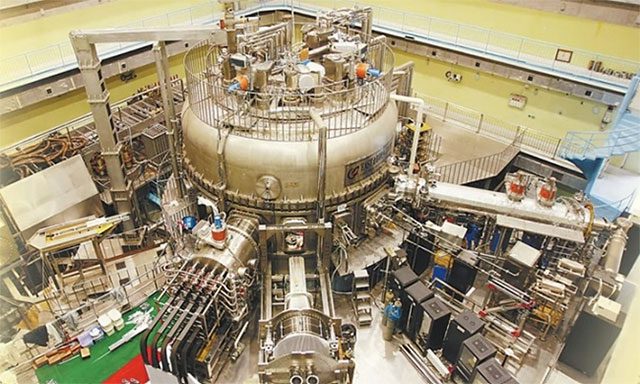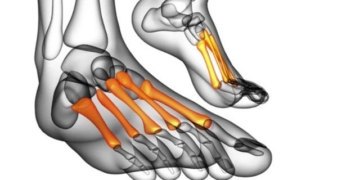The “Artificial Sun” EAST project is a research initiative focused on energy production by creating a sun-like environment on Earth. Researchers involved in this project have discovered a plasma operation mode that enables the stable and efficient production of thermonuclear energy, surpassing current methods. This breakthrough could accelerate the development of renewable energy sources and reduce dependence on fossil fuels.

EAST reactor in Hefei. (Photo: SCMP)
The new breakthrough will assist nuclear fusion experiments in generating safe, clean, and nearly limitless energy for humanity, South China Morning Post reported on January 11. The “super I” mode was first discovered in the Experimental Advanced Superconducting Tokamak (EAST) reactor in Hefei during a 17-minute operation in December 2021. After validation by an expert panel, the results were reported on January 7 in the journal Science Advances. According to the research team from the Plasma Physics Institute of the Chinese Academy of Sciences, the operation involves using magnetic fields to heat a gas made from free-moving electrons and hydrogen ions to 70 million degrees Celsius, achieving high energy confinement capabilities both deep inside and at the edge of the plasma.
Other experiments have shown that the new mode “demonstrates significant application potential” in the International Thermonuclear Experimental Reactor (ITER), the world’s largest fusion reactor currently under construction in France. “This is an important result for ITER and fusion reactions,” said physicist Richard Pitts, who is responsible for experiments and plasma operations at ITER. “The significance of the EAST experiment is to demonstrate that the plasma in the tokamak can be maintained and controlled for pulses longer than 1,000 seconds, which is the long-term goal of the ITER reactor.“
A major advantage of the super I mode is its ability to reduce energy loss at the edge of the plasma, where the superheated gas is directed into the reactor’s thermal shield, according to co-author Song Yuntao. “If we compare fusion reactions to lightning, our goal is to collect as many lightning strikes as possible in a magnetic cage and generate energy for human use in a stable and sustainable manner. The new operating mode discovered at EAST allows us to capture more lightning without damaging the magnetic cage while maintaining stable operation for extended periods,” Song explained.
Reactors like EAST and ITER represent a promising solution for controlling fusion reactions. However, generating high-performance plasma and confining it long enough for hydrogen to combine and produce useful power remains a challenge. In practice, scientists utilize operational parameters such as temperature and energy, referred to as “modes,” to control the plasma state, according to Liu Zhihong from the Plasma Physics Institute in Hefei.
Most tokamaks today, including EAST, operate in H mode. First discovered in a tokamak in Germany in 1982, H mode is at least 100 times more effective at confining plasma than previous modes, making it suitable for large reactors like ITER. However, a significant downside of H mode is its tendency to lead to rapid energy release at the edge of the plasma, which can damage surrounding materials.
In recent years, scientists have been exploring I mode, where thermonuclear energy is released through a more continuous process to prevent surface damage. The EAST research team was surprised to find that compared to I mode, the new mode significantly improves energy confinement capabilities at both the core and edge of the plasma, naming it super I.


















































